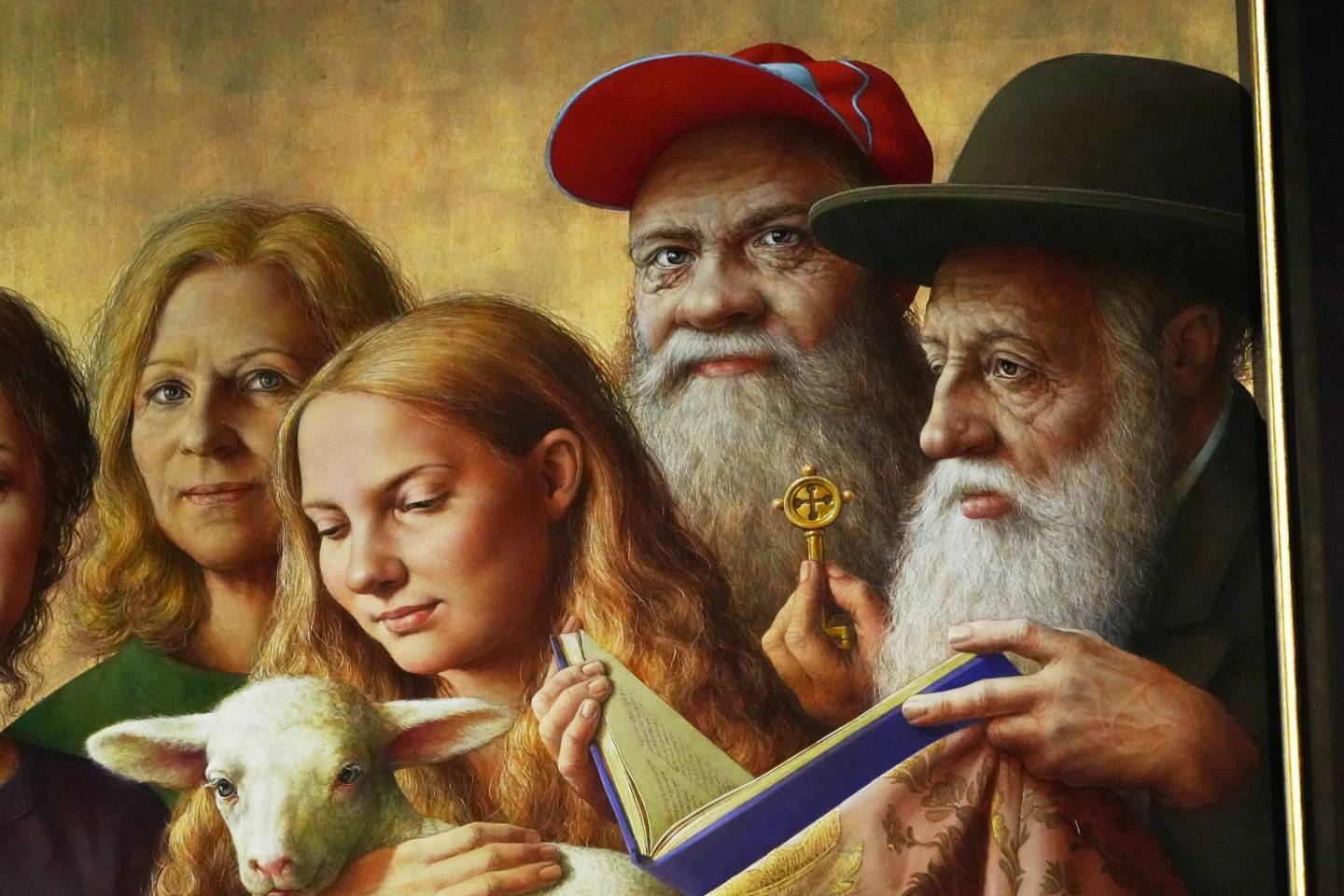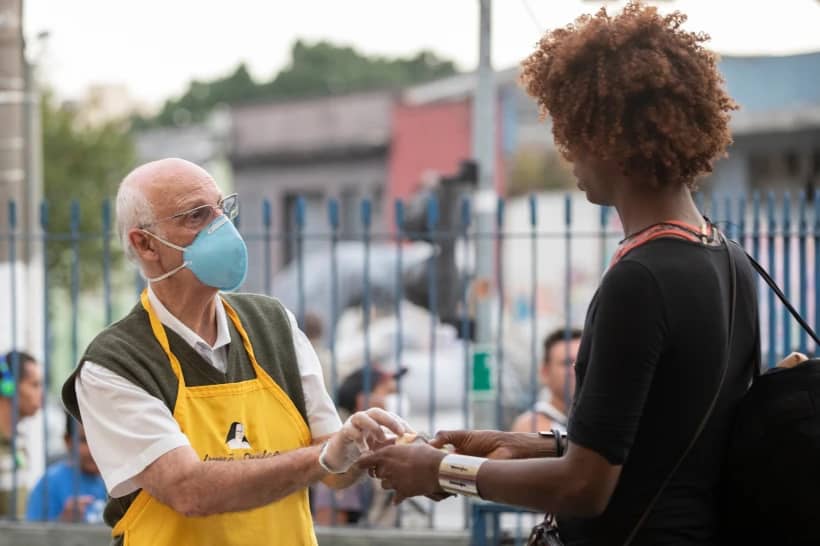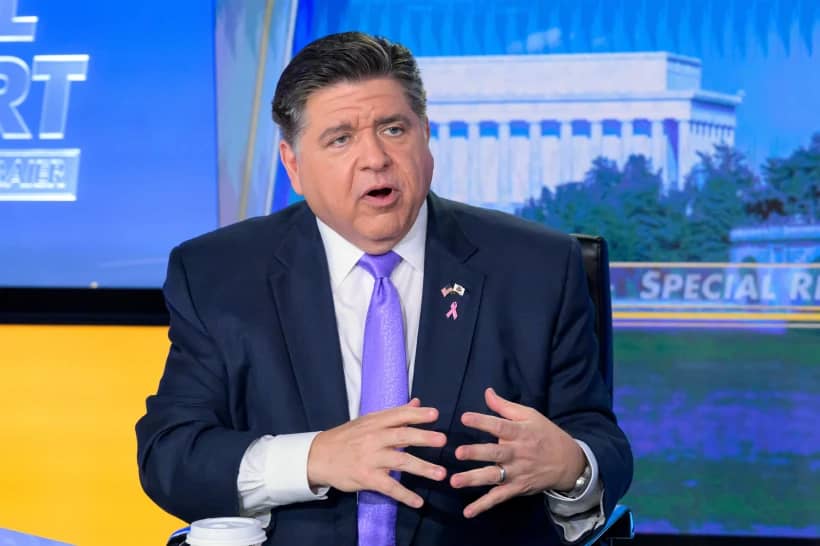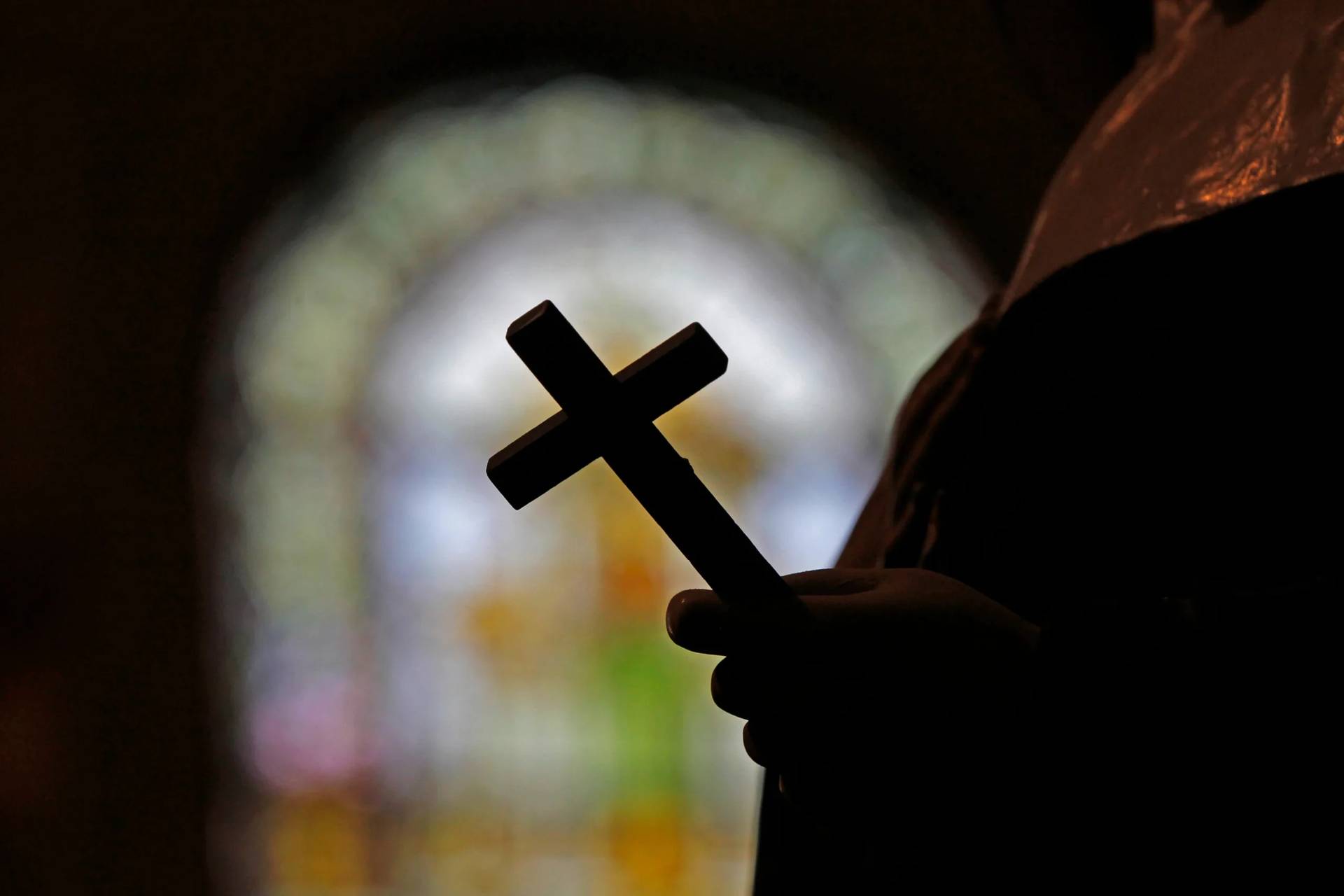NEW YORK – The community at St. Mary Mother of God appealed to Cardinal Wilton Gregory during an Archdiocese of Washington synod listening session not to ban the Traditional Latin Mass at the parish, mainly because it would mean potentially losing about half of the parishioners.
That appeal failed. The listening sessions concluded in May, and Gregory announced July 22 that the Traditional Latin Mass would be restricted in the archdiocese to three non-parochial churches. The plan goes into effect on September 21.
For St. Mary’s, the change will be more than simply replacing a Mass in the Old Rite with a Mass in the New Rite. Parish vitality – in both the pews and community – is now a question mark, and closure isn’t out of the realm of possibility.
“The problem is that the cardinal’s decision hurts our parish life, and if we’re talking about encounter and the great work of our parishioners and volunteers, both in the extraordinary and ordinary form, it hurts everybody,” said Sylvester Giustino, who attends both Masses at the parish and serves on its finance council.
“It’s rather sad and unfortunate that decision was made, and it’s going to be a major blow to the work that we do in the community,” he told Crux.
The present St. Mary’s church was built in 1890 and has served downtown Washington, D.C. ever since. Currently, it serves three distinct communities. It has about 200 Traditional Latin Mass parishioners, 120 parishioners who attend Mass in the ordinary form in English, and about 100 Chinese parishioners who are ministered to autonomously.
Losing those 200 Traditional Latin Mass parishioners will put parish finances at least $130,000 in the red and “crush” its volunteer base, according to a letter written to Gregory from St. Mary’s pastor, Father Vincent De Rosa, and obtained by Crux. De Rosa declined a Crux request for comment on Gregory’s decision.
Patrick Lally, who’s been a Traditional Latin Mass parishioner at St. Mary’s since 1989 and also serves on the parish finance council, told Crux that $130,000 is a “conservative” estimate for how much the parish stands to lose.
“We’ve built a thriving parish, but it’s taken two or three decades to do that,” Lally said. “As downtown has grown and improved, as our parish has really evangelized and attracted a much younger set of worshippers, the interesting part is that these are all wonderful things, but the core of the parish that has really been devoted to it financially is the Latin Mass community.”
De Rosa spoke publicly about Gregory’s decision for the first time in a homily on July 24. He referred to “holes in the narrative that we’ve been given” which, he said, are “causing anxiety among our people.” He emphasized after each example there very well may be a good explanation, but added, if so, he hasn’t heard it.
De Rosa cited the synod process as one of those examples.
He called Pope Francis’s desire for synodality “a good thing,” but noted that even though the St. Mary’s community shared “constructive, honest input” with Gregory and others from the archdiocese, and that a synthesis report found value in the multiplicity of methods to worship – including the Traditional Latin Mass – the decision was still made.
“This is all true, the goodness of the Holy Father’s desire and the results of our synod here, and yet, despite all of that goodness, in that sharing, and so on, there’s going to be a pretty radical shift and it leaves the people of God to wonder why. What is the point of synodality if the fruits of a conversation don’t bend anything even in the slightest degree?” De Rosa asked.
“There might be a very good explanation for that,” De Rosa continued. “There very well might be, but we’ve not been given that, and that is a hole in the truth narrative, which must beg the question from the people of God, what did we do? Is synodality even worthwhile? I think it is, but I can understand how that question rises up.”
In the 25-minute homily, De Rosa also called it “unjust” that none of the people involved in this decision ever visited the St. Mary’s Traditional Latin Mass parishioners. De Rosa requested that Gregory visit the parish in the spring, and was told by Father Anthony Lickteig, the episcopal vicar for clergy, that “the Cardinal will not be able to visit St. Mary’s at this time due to his schedule,” according to a copy of the email obtained by Crux.
“There might be a very real reason for that,” De Rosa said of the exchange in his homily. “I know he’s a very busy man, but it begs questions in the minds of our people and leaves a hole in the truth narrative that puts the people in a very hard place.”
De Rosa further highlighted that the Traditional Latin Mass community at St. Mary’s has always been in union with the church “because only from that union comes the credibility that we need to be true prophets in the world.”
“Therefore, it begs the question what is going on.” he said. “And again, there may be good reasons, but I don’t know them and haven’t been given them.”
The archdiocese did not immediately respond to a Crux request for comment on the implications of the Traditional Latin Mass decision for St. Mary’s.
Monsignor Charles Pope, whom Gregory appointed as a delegate “in the pastoral care” of the newly designated Traditional Latin Mass communities, told Crux that he hopes “the diocese will do some things to help, but it’s going to be difficult and I certainly regret that.”
“I’m heartbroken for [St. Mary’s] and I’m hoping they can pull through financially and be able to stay open,” Pope said, noting that he was a choir director and organist at the parish in the early 1980s, and to this day considers it his home parish.
De Rosa said in his homily, and Pope verified to Crux, that they plan to meet very soon to discuss the future. De Rosa also expressed a desire to work with Gregory’s office as well to try and keep as much of the parish alive through educational and cultural opportunities throughout the week.
To the parishioners in the pews on July 24, De Rosa dispelled a few premises some of them shared about why they cannot be fed at the ordinary form, or that the ordinary form cannot be reverent.
“I want to invite you to work with me so that we can max out all of the beauty we can squeeze out of the stones of this place, so that not only will your lives continue to be filled with grace and with the sacraments, but also so that we can speak to our brothers and sisters who have never had the opportunity to experience that in the ordinary form … and be an evangelical force for them,” De Rosa proclaimed. “This is one of the ways that we make lemonade out of a lemon.”
Lally, for one, said that even after he can no longer celebrate the Traditional Latin Mass at St. Mary’s – so long as they’re open – he wants to be a part of the parish, including through his position on the finance council, parish leadership, volunteering and community outings, and “inane little things” he does for the 132-year-old church like maintain its clock.
“I won’t cease doing any of that, but I won’t be going to Mass there, and, by the way, how bizarre is that?” Lally said.
Follow John Lavenburg on Twitter: @johnlavenburg
















